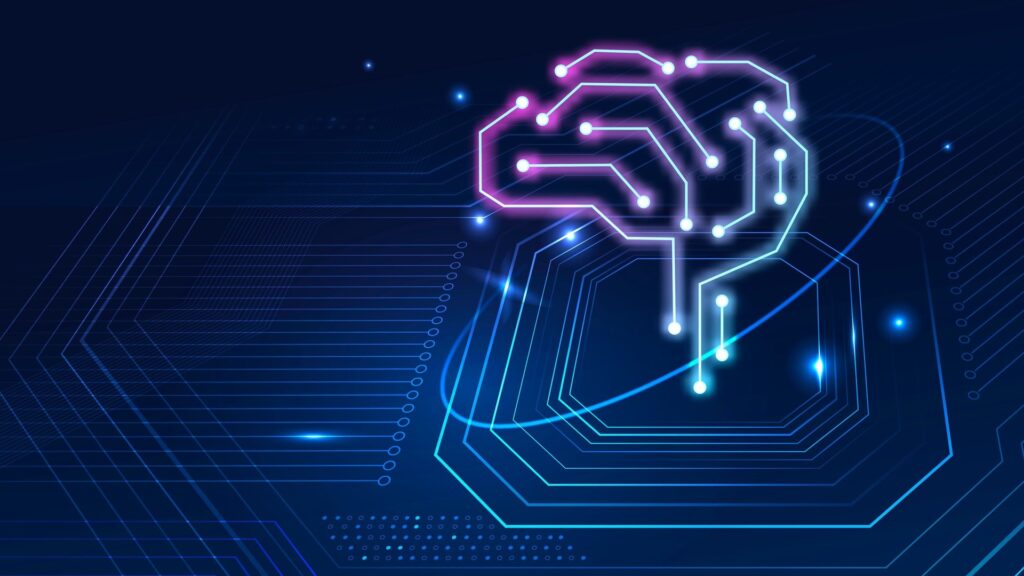For several consecutive months, household debt in Brazil has become an urgent issue. According to the Consumer Debt and Default Survey (Peic) by the National Confederation of Commerce of Goods, Services, and Tourism (CNC), in May 2023, around 77.4% of Brazilian families were in debt. Since then, various measures and trends have emerged to modernize customer engagement and bridge this gap that directly impacts the country’s economy. It is no coincidence that now, in May 2024, we are witnessing the first significant drop in default rates this year: -1.20%. In total, 72.54 million Brazilians are currently in default.
Emerging trends such as the use of Artificial Intelligence (AI), Machine Learning (ML), and Big Data in strategic initiatives are largely responsible for transforming the credit recovery market. This article explores how these technologies are innovating the sector—from automation to personalized customer journeys. Read on to learn more.
AI and Machine Learning: Scalable Performance
Artificial Intelligence and Machine Learning are revolutionizing credit recovery by automating processes and delivering accurate, predictive insights. Here are three key developments:
-
Automation: Some AI-powered tools can now route support tickets and automate contact from the beginning to the end of the collection journey at any time of day—simple solutions that significantly improve customer experience.
-
Personalization: With AI, interactions with delinquent consumers can be highly personalized. For instance, machine learning algorithms can combine analyses of previous purchasing and payment behaviors, credit scores, and other profile data to predict the most effective approach for future collections or offers tailored to their financial reality. According to IDC, companies that implemented AI solutions in debt collection saw a 20% increase in recovery rates.
-
Smart Bots: Tools like AI-powered bots can conduct initial negotiations and respond to FAQs based on a large knowledge base. This ensures a quick and satisfying experience for the consumer. A PwC study showed that bots can resolve up to 80% of customer inquiries without human intervention. Some bots, like Intervalor’s AIs Théo and Liz, have reached 88% accuracy in service delivery.
Machine Learning: The Consumer Has a Lot to Teach
Predictive analytics, driven by machine learning, enables companies to anticipate future behaviors based on historical data—crucial for credit recovery.
-
Default Prediction: ML algorithms can identify patterns that indicate a higher likelihood of default or the potential of a payer. This allows for case-by-case credit offers. Research by Deloitte reports that predictive analytics can reduce default rates by up to 25%.
-
Effective Segmentation: Experian studies show that good segmentation can increase credit recovery by 15%. With AI, it’s already possible to analyze a wide range of criteria, data, and credit histories—enabling targeted approaches for each profile.
The Role of Big Data in Modern Collections
Big Data provides a significant advantage by enabling comprehensive, detailed analysis. This integration enhances collection strategies, improves precision, and even helps detect fraud. The result is a positive experience for both consumers and companies.
Don’t believe it? Studies by KPMG show that anomaly detection based on Big Data can reduce fraud risk by 40%. Combined with the average data integration accuracy rate of 35%, it’s already possible to deliver personalized offers, real-time feedback, improved negotiation success rates, and greater flexibility in contact times.
Strategy Amplifies Technology
Emerging technologies such as AI, Machine Learning, and Big Data are redefining credit recovery—making it more efficient, personalized, and data-driven. As these technologies continue to evolve, they are expected to bring even more innovation and improvements to the debt collection sector. However, all this innovation only gains real value—measured in results—when combined with human expertise in strategy and robust data analysis.
Want to learn how your company can take advantage of these tools? Discover more about Intervalor.
References:






